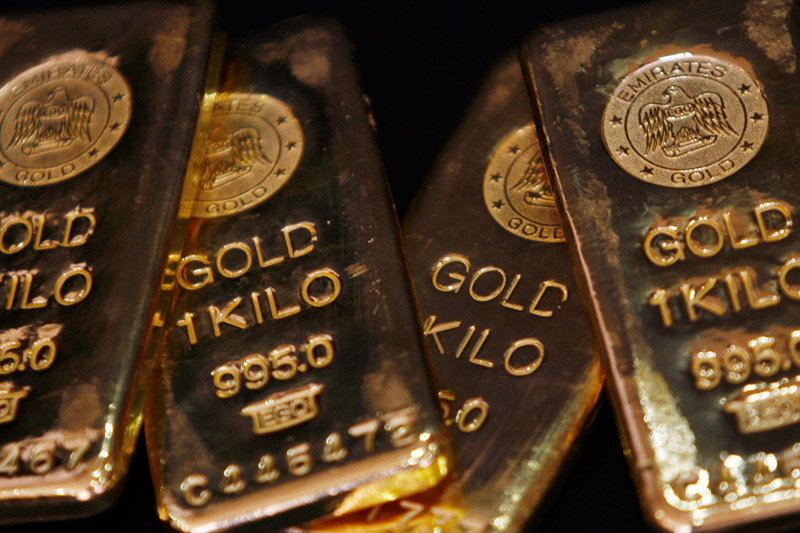Investing.com - Gold futures edged lower in Europe trade on Wednesday, but held above the $1,200-level as market players looked ahead to minutes of the Federal Reserve’s January policy meeting for fresh indications on whether the U.S. central bank will raise interest rates at all this year.
Gold for April delivery on the Comex division of the New York Mercantile Exchange shed $2.90, or 0.24%, to trade at $1,205.30 by 08:55GMT, or 3:55AM ET.
Investors will be focusing on minutes of the Federal Reserve’s January policy meeting due on Wednesday at 19:00GMT, or 2:00PM ET.
The Fed left interest rates unchanged following its meeting on January 27 and said it was "closely monitoring" global economic and financial developments.
Fed Chair Janet Yellen said last week that financial conditions have become less supportive to growth as foreign developments pose risks to the economic outlook, but also maintained that moderate growth at home would justify "gradual adjustments" to the Fed's monetary policy stance.
A day earlier, gold tumbled $31.20, or 2.52%, as safe-haven buying in the precious metal dried up amid a recovery in global equity markets.
Prices of the yellow metal soared to a one-year high of $1,263.90 last Thursday, boosted by a flight to safety. Gold has been well-supported in recent weeks amid indications global economic and financial headwinds could make it tough for the Federal Reserve to raise interest rates as much as it would like this year.
Market participants have all but priced out any rate hikes this year, while the Fed is anticipating four more. A gradual path to higher rates is seen as less of a threat to gold prices than a swift series of increases.
Gold is up nearly 13% so far this year as investors seek safe havens in the face of mounting instability in other financial markets.
Also on the Comex, silver futures for March delivery dipped 10.4 cents, or 0.68%, to trade at $15.23 a troy ounce during morning hours in London.
Elsewhere in metals trading, copper futures inched higher amid mounting expectations for further stimulus measures from central banks in Europe and Asia.
